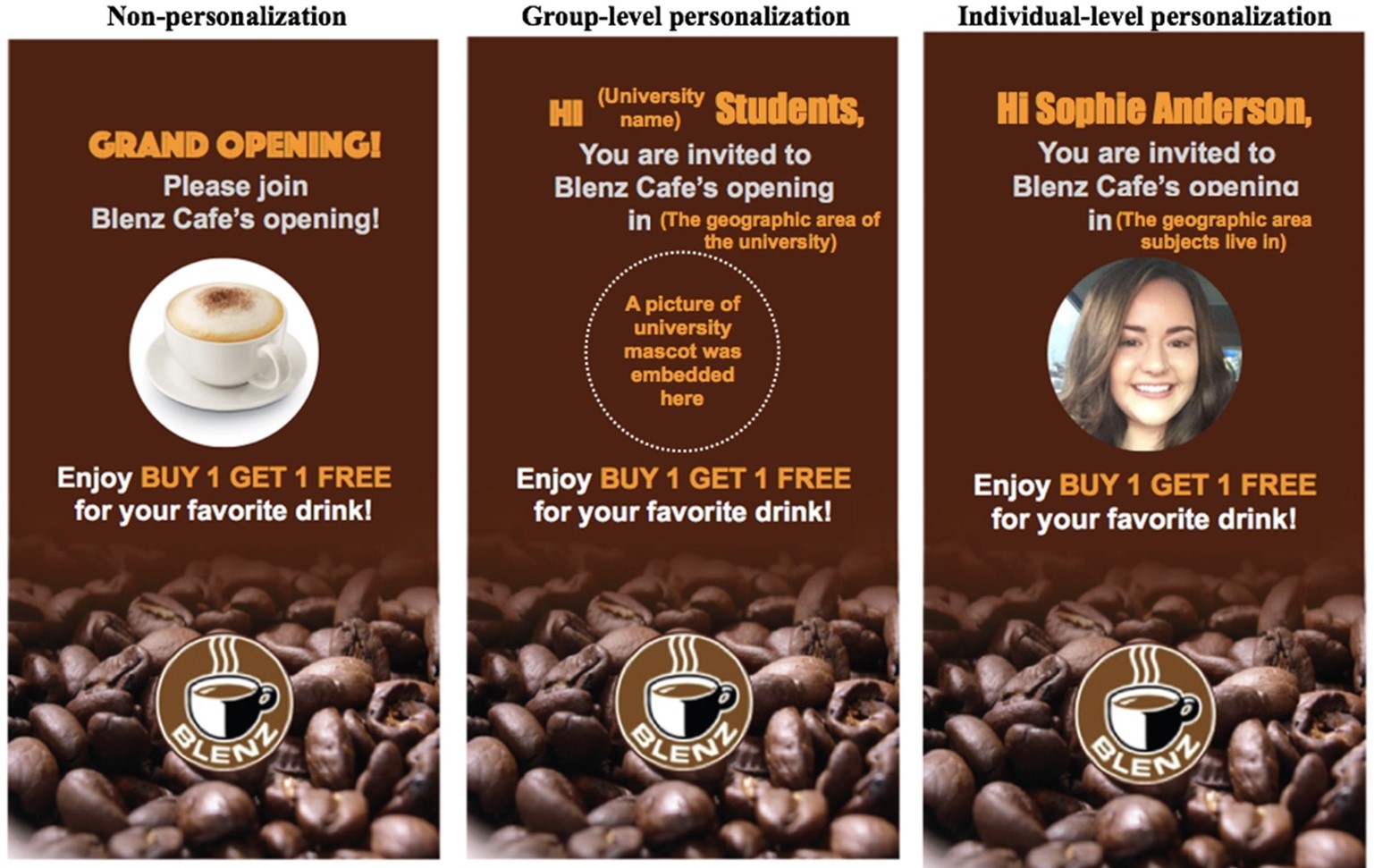Experimental manipulation
Table of content
Experimental manipulation consists of exposing the participants to a manipulation. This procedure usually follows the introduction of the questionnaire. Experimental manipulation describes the process by which researchers purposefully change, alter, or influence the independent variable, also called treatment variables, in an experimental research design. This process allows researchers to explore causal relationships between the independent variable and dependent variables. Manipulating an independent variable allows researchers to explore whether the independent variable causes change in the dependent variables.
How to manipulate a variable?
In experimental advertising research, the manipulation is often included in the advertisement stimulus. The ad stimulus containing the manipulation is the treatment condition, and the stimulus that has not been changed is the control condition. In between-subjects experimental designs, each participant is randomly exposed to only one version of the advertisement.
For instance, Lecuyer et al. (2017) manipulated companies' governance mode in an advertisement with two experimental conditions: (1) member-owned banks and (2) investor-owned banks. One version of the ad stimulus mentioned that Bank C is a cooperative bank, and another version mentioned that Bank C is a commercial bank.

In this other example, Bang et al. (2019) manipulated the level of personalization with three experimental conditions: (1) non-personalized advertisement (control condition), (2) group-level personalization, and (3) individual-level personalization.

Note that except from what is manipulated, the advertisements should be exactly the same between conditions. The goal of an experiment is to keep all variables constant except for the manipulated variable so that we can attribute any change in the response variable to the changes made in the manipulated variable.
Once participants are exposed to the manipulated stimulus, they are invited to answer the measurement scales of the other variables included in the conceptual model and other questions (e.g., manipulation check, sociodemographic).
What is a manipulation check?
A manipulation check is a test used to determine the effectiveness of a manipulation in an experimental design. It consists of a question verifying that participants did regard the experimental manipulation in the various ways the researcher intended. The research must prove that the experimental manipulation is successful using a manipulation check. Geuens and De Pelsmacker (2017) mentioned that using a manipulation check allows the researchers to discard the respondents from the analyses for whom the manipulation was ineffective.
For instance, in the research from Lecuyer et al. (2017), the authors asked participants whether the advertisement was communicated by a member-owned company or an investor-owned company. The manipulation check question results in a qualitative variable. To test if the manipulation is successful, a Chi-square test for independence should be used to see if participants exposed to the member-owned bank ad condition answered that the ad was communicated by a member-owned company and participants exposed to the investor-owned bank ad condition answered that an investor-owned company communicated the ad.
In the research from Bang et al. (2019), the authors asked participants if the ad specifically targeted them as unique individuals using a Likert scale. The manipulation check question results in a quantitative variable. To test if the manipulation is successful, an independent sample t-test should be conducted to see if participants exposed to the individual-level personalization perceived to a greater extent that the ad specifically targeted them as unique individuals than those exposed to the group-level personalization.
Including the manipulation check in the questionnaire
The manipulation check should be measured after the dependent, mediating, moderating, and control variables but before the sociodemographic questions. Indeed, measuring the manipulation check directly after stimulus exposure could induce bias such as demand effects (Geuens & De Pelsmacker, 2017). In other words, if participants guess what is manipulated in the advertisement, they may answer the whole questionnaire considering the manipulated aspect to a larger extent than they would if their attention was not drawn to it.
The following video realized by the University of Amsterdam explains what manipulation is and why it is important. The video discusses experimental variables, individual differences variables, and manipulation check. In this video, you will also learn about control variables and how difficult it can be in the social sciences to keep these variables constant.